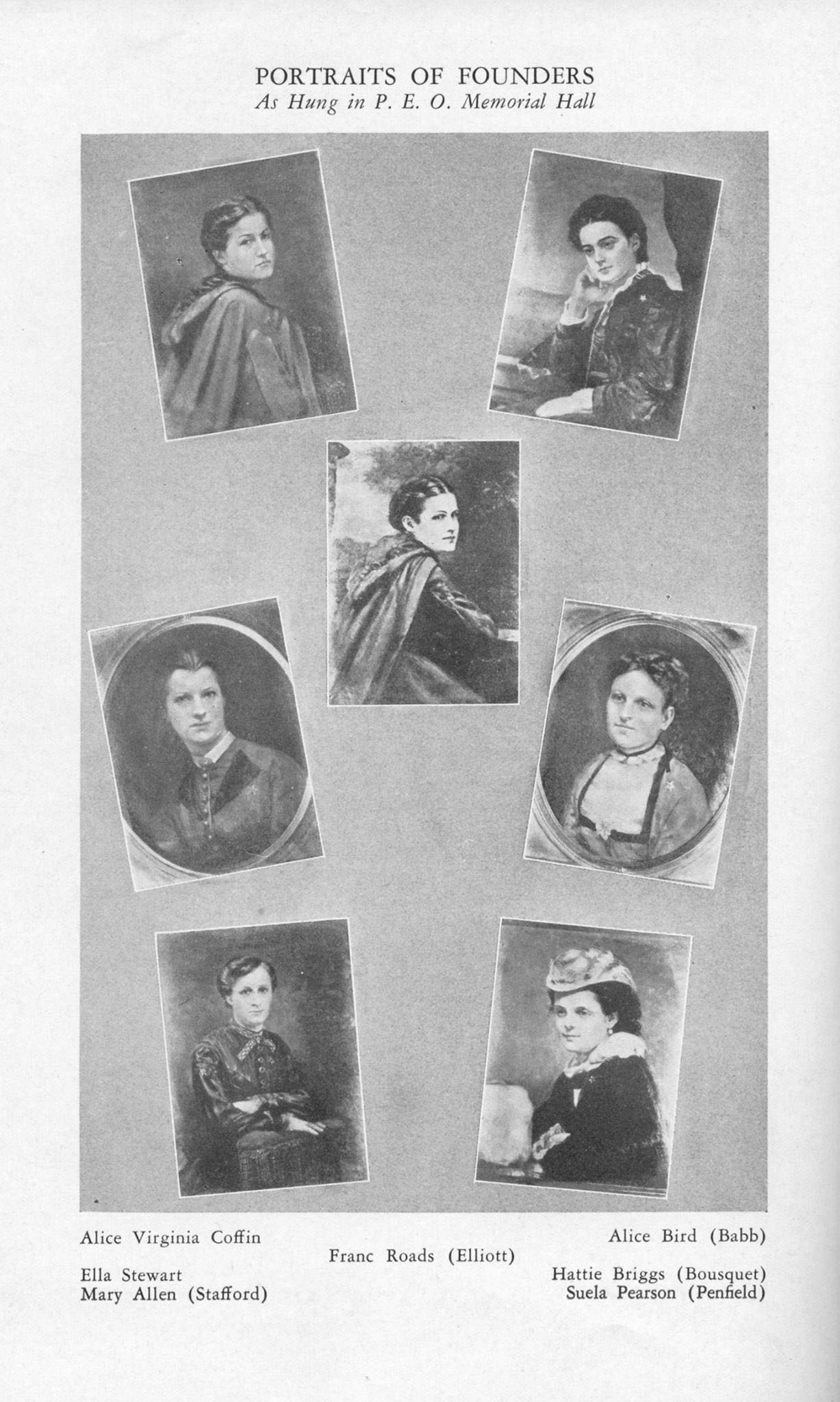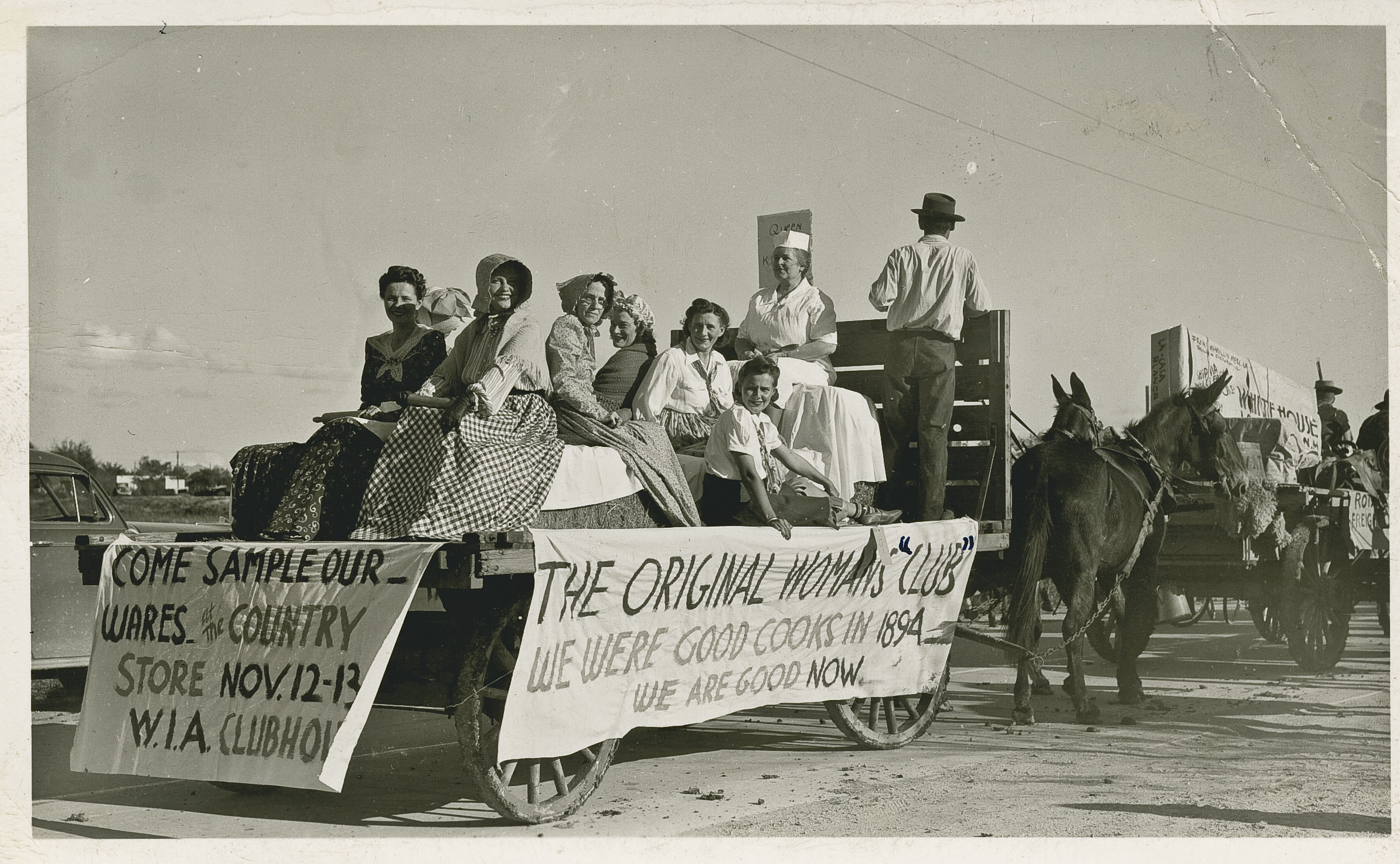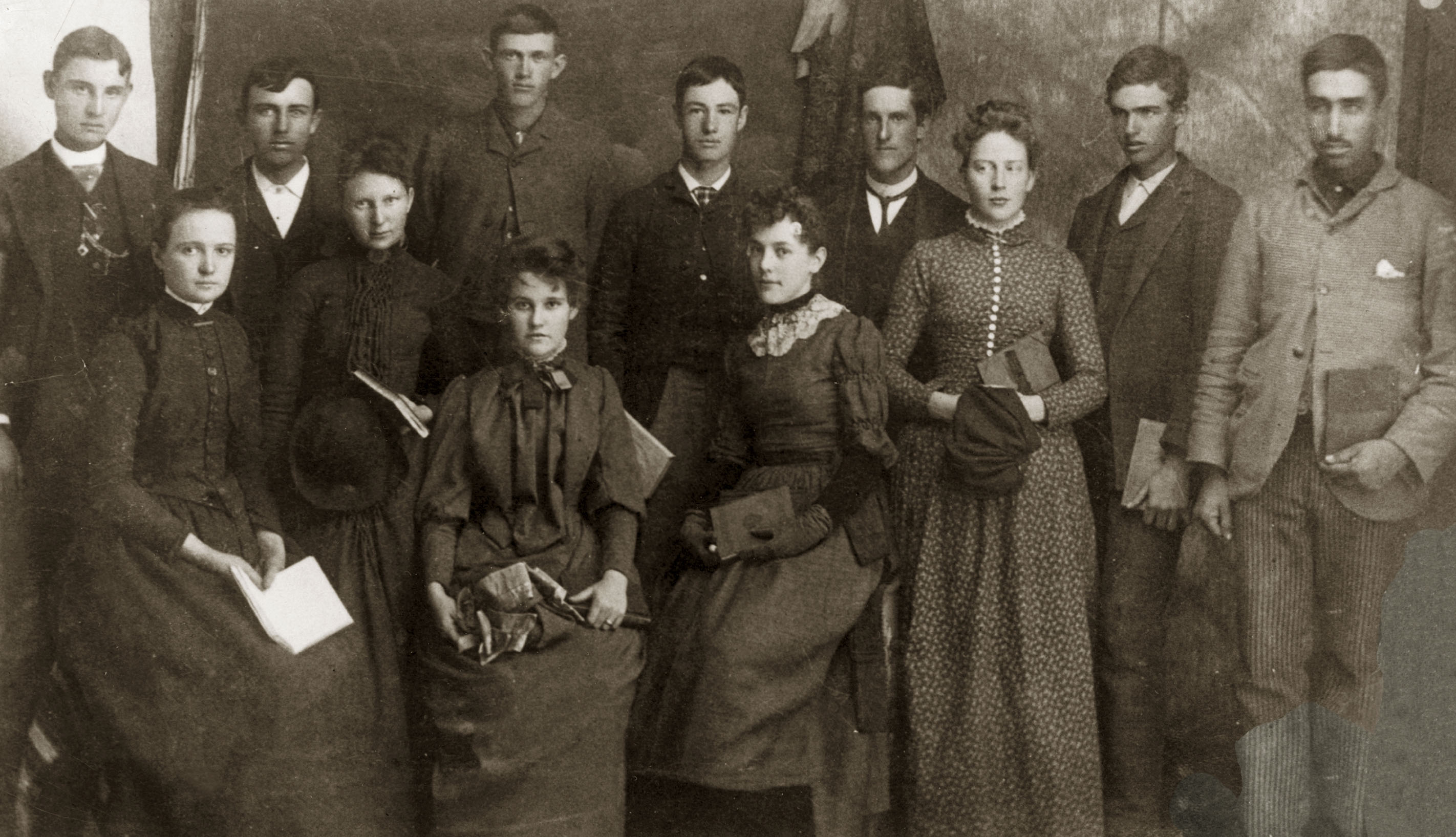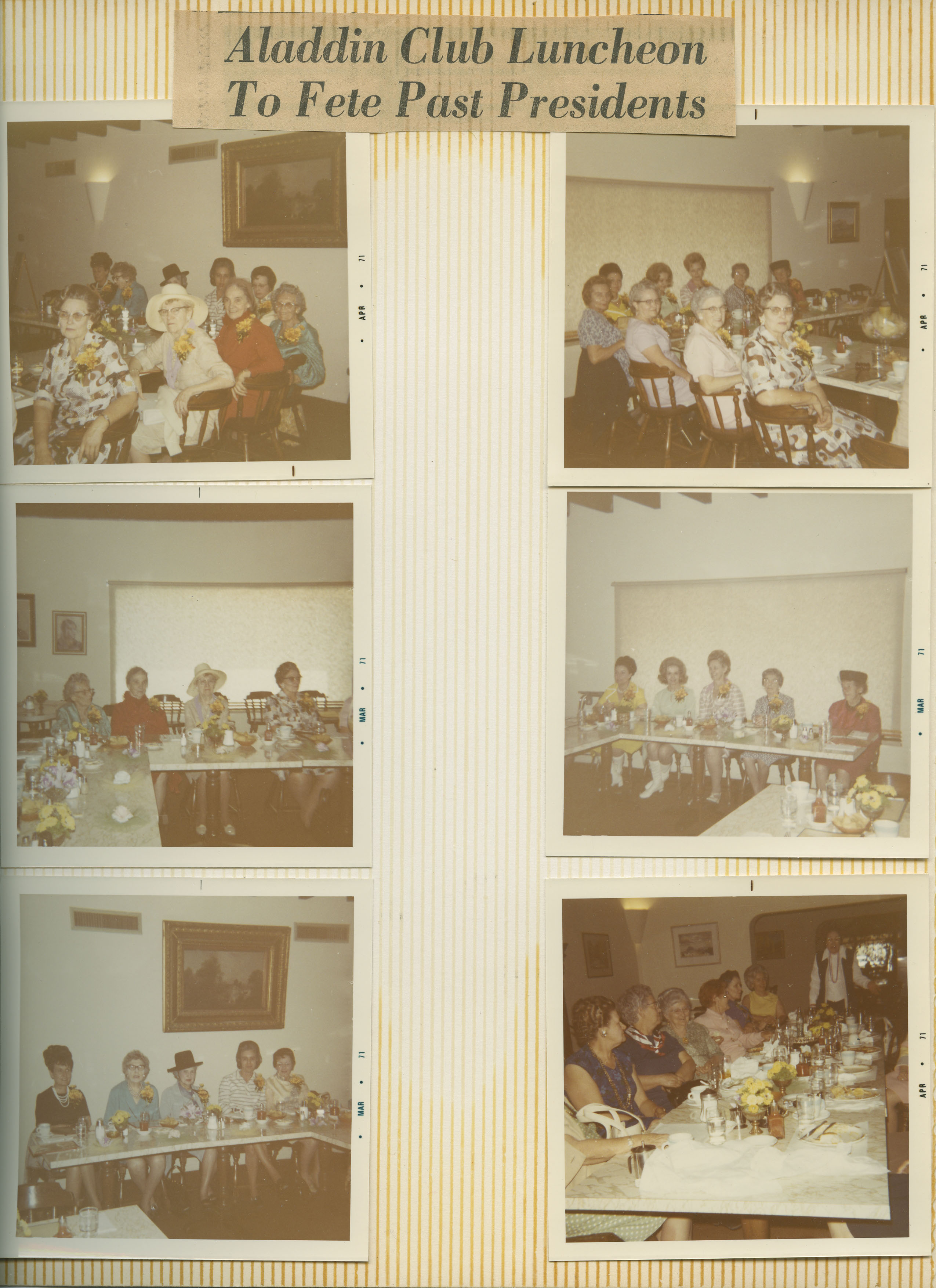In celebration of Women’s History Month, the NMSU Library Archives and Special Collections has created an online exhibition featuring some of the remarkable women who have made an impact on the history of the university and the surrounding community. The archives department holds extensive collections documenting the lives of women in New Mexico and the U.S./Mexico borderlands.
New Mexico State University
When Hiram Hadley established the Las Cruces College [shortly to become the New Mexico College of Agriculture and Mechanic Arts] in 1889, he stated that the mission of the institution was to provide “educational advantages of a high order and equal to the best found anywhere” and to “surround young people with those opportunities for culture and those influence of example and precept which shall develop them into ‘manly men and womanly women.’”
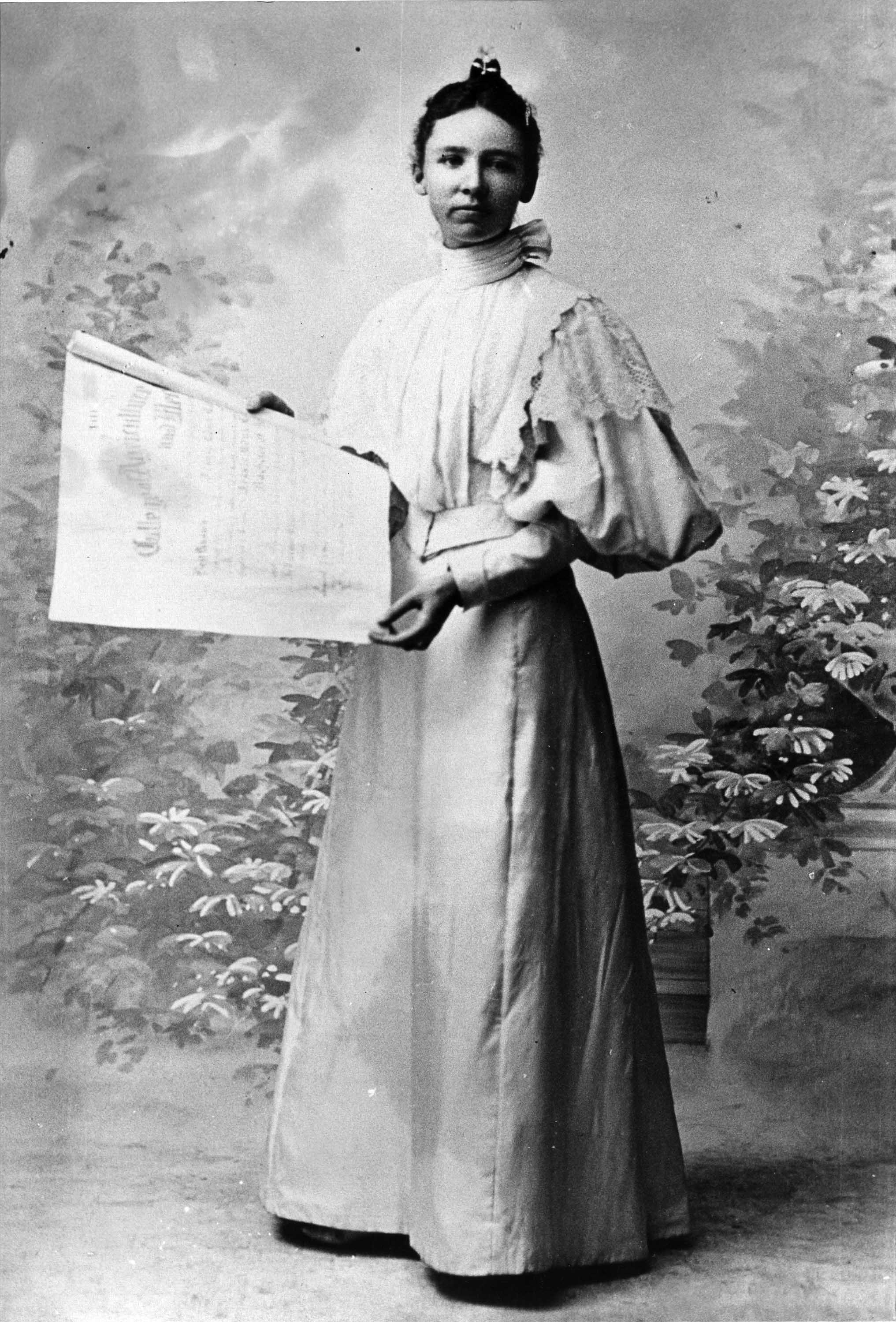



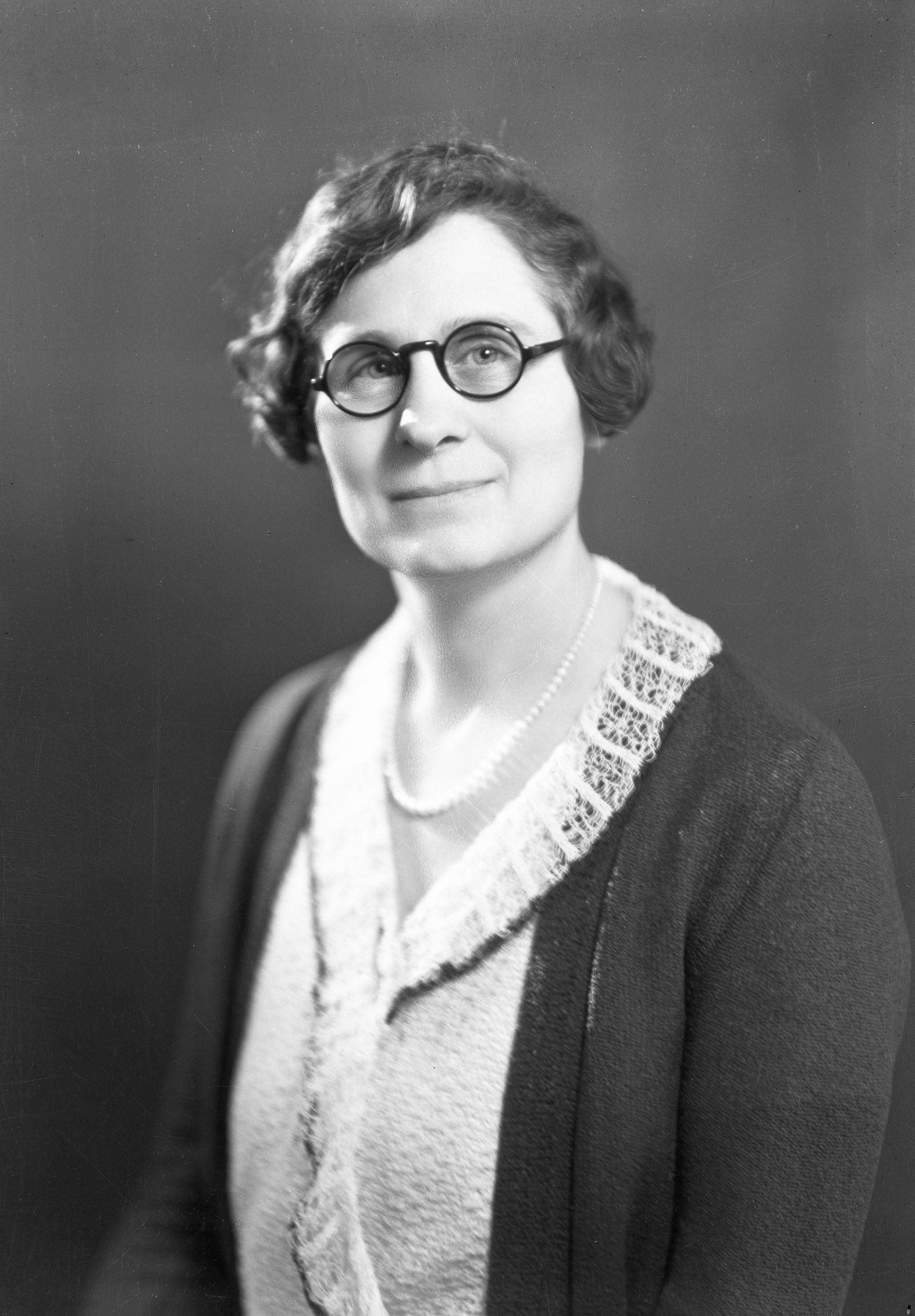
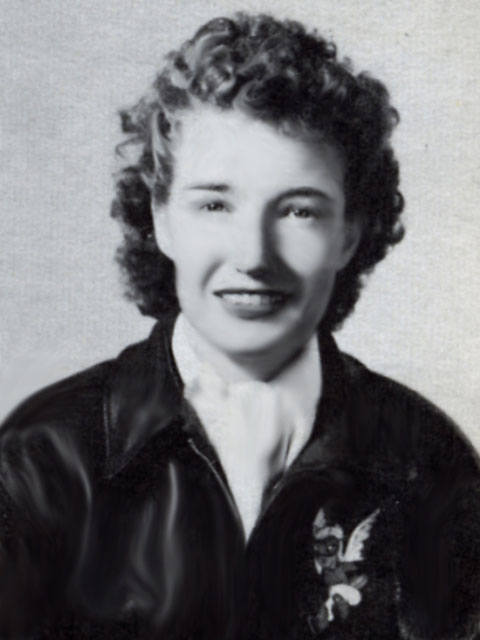
Rio Grande Historical Collections
The Rio Grande Historical Collections (RGHC) was founded in 1972 and consists of various personal papers, organizational and business records, and other unpublished materials that represent the cultural and social heritage of southern New Mexico and the US/Mexico region. In celebration of Women’s History Month, the featured images are a representation of various women-related collections within the RGHC repository that highlight the contributions of women in the region.

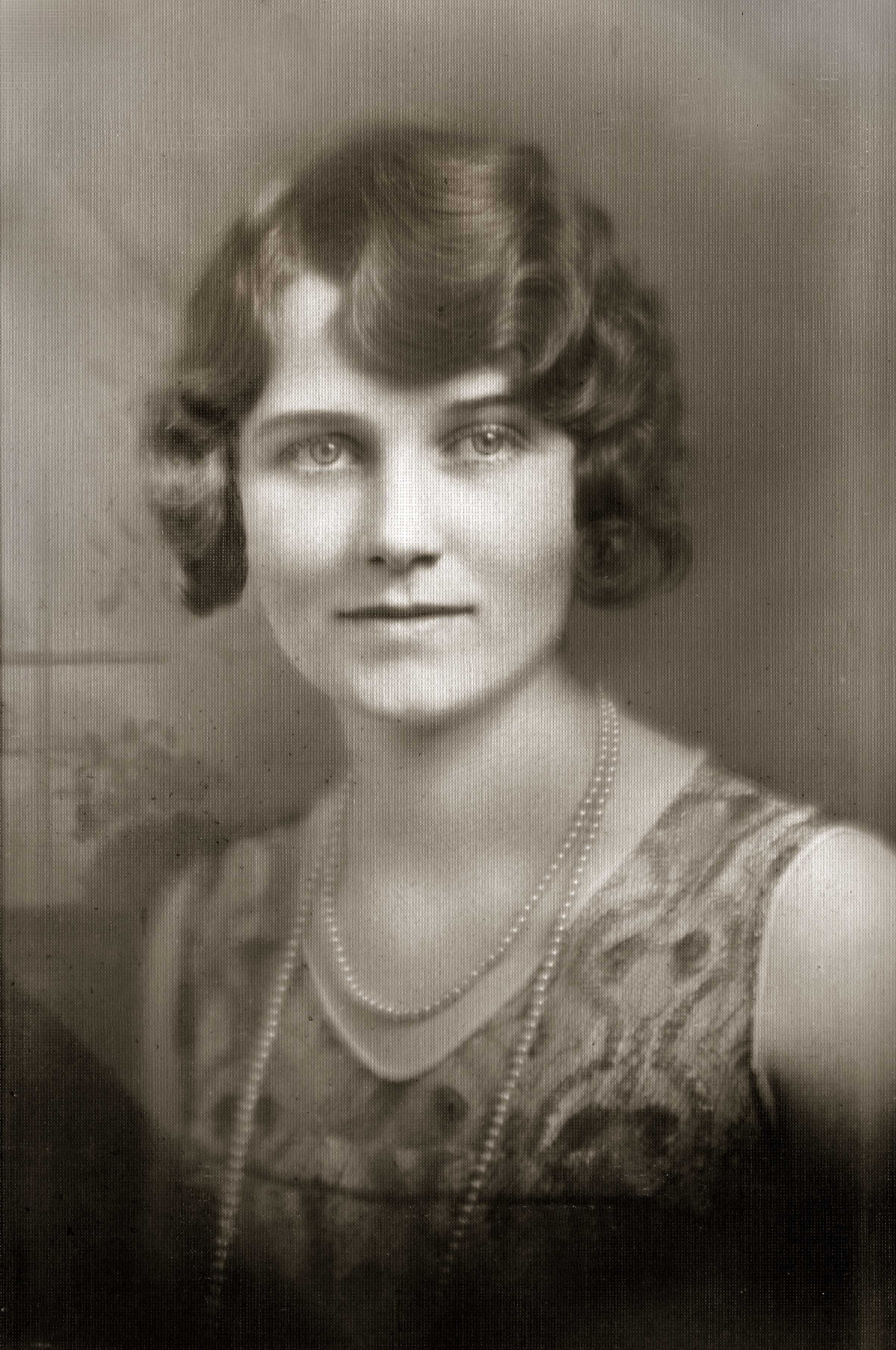
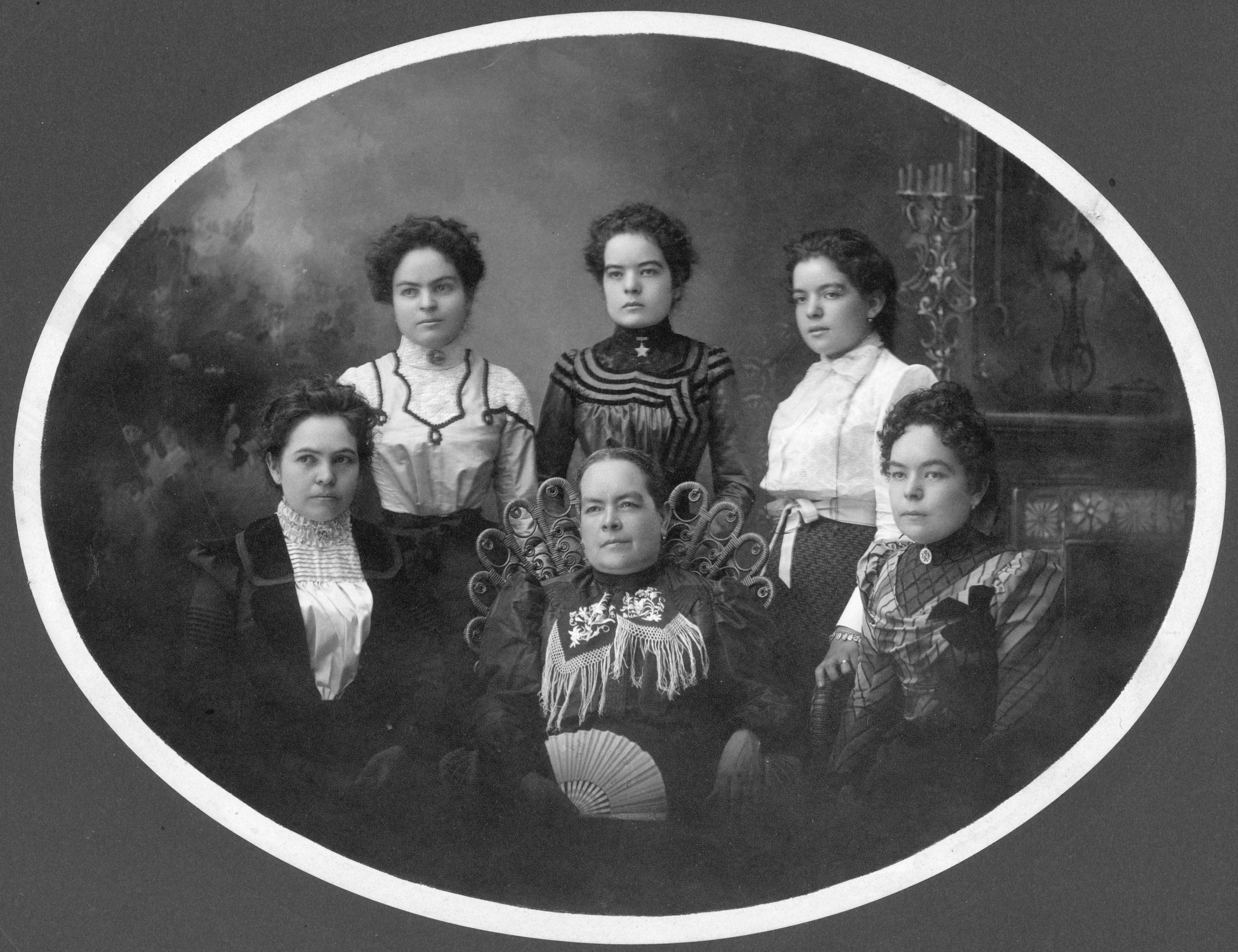
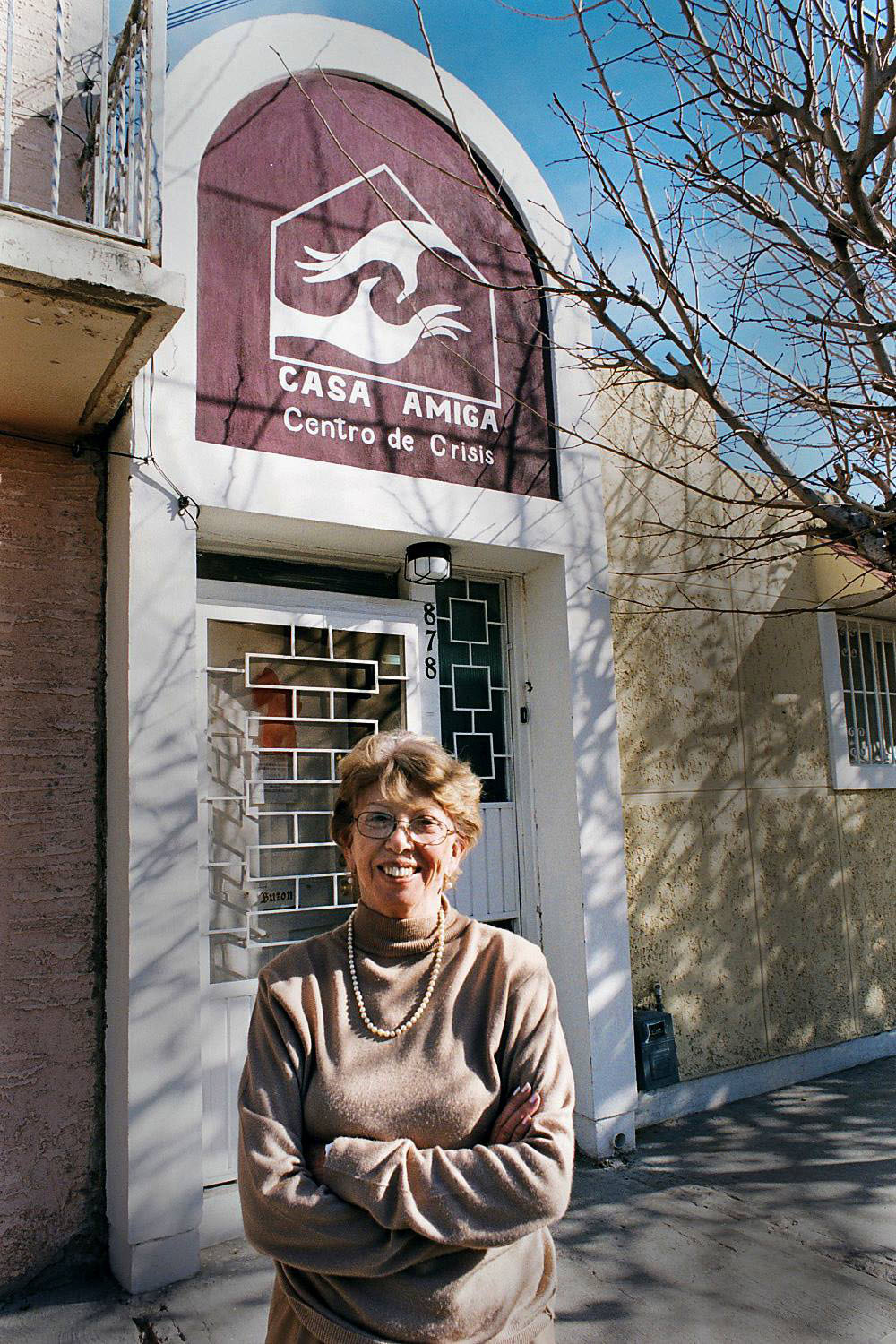
Regional Women's Clubs
Women's clubs play an important factor within the area in terms of “development and progress in southern New Mexico.” In the region, women’s clubs paved the way for social interaction and assisted the surrounding communities in areas such as improving educational and social opportunities for women. Andrews, M. S. (2012). Out of the shadows the women of southern New Mexico. Los Ranchos, NM: Rio Grande Books in coll. with the New Mexico State Univ. Library.
